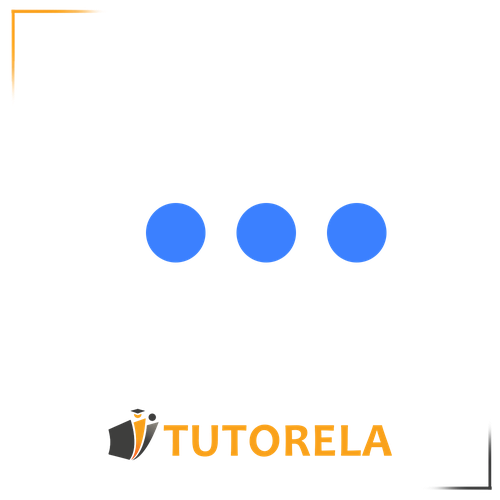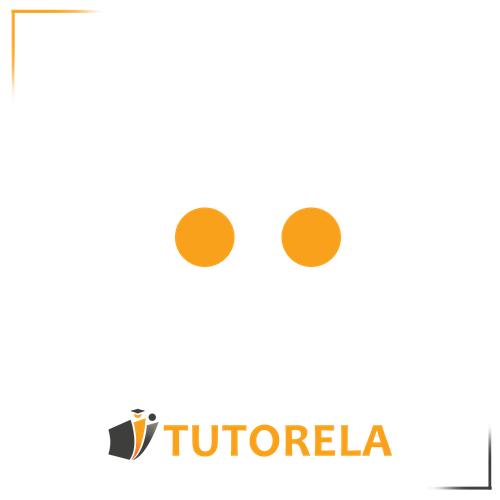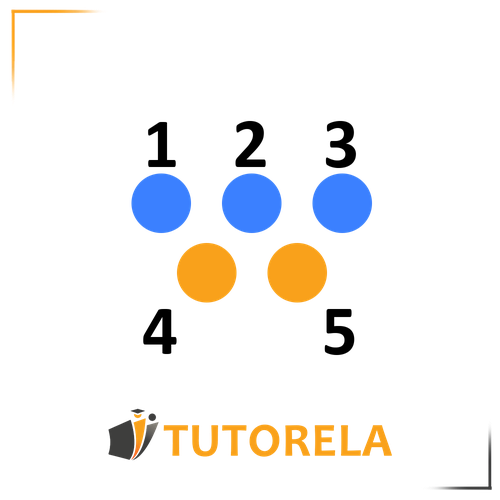An addition problem is when we add something to something.
When we see the sign that let's us know that it's an addition problem.
Addition Practice Problems: Master Basic Math Skills
Practice addition with visual examples, counting methods, and vertical problem-solving techniques. Build confidence with step-by-step exercises from simple sums to two-digit numbers.
- Solve basic addition problems using visual counting with balls and objects
- Master the counting-on method for adding small numbers to larger ones
- Learn vertical addition format with proper alignment of ones and tens
- Practice two-digit addition by separating tens and ones place values
- Apply real-world addition scenarios with concrete examples and word problems
- Develop mental math strategies for quick addition without visual aids
Understanding Addition
Addition
Let's look at an example –
Daria has blue balls

Max has orange balls

How many balls do Daria and Max have together?
Let's count the balls -

Together they have balls in total.
The addition exercise is:
Practice Addition
\( 43+51= \)
Examples with solutions for Addition
Add ten units to the number 72.
What is the resulting number?
To find the resulting number when ten units are added to 72, we will perform the following steps:
- Step 1: Identify the starting number, which is 72.
- Step 2: Add 10 to the starting number. This is done by calculating .
Let's perform the calculation:
Therefore, the resulting number when ten units are added to 72 is .
Answer:
Add thirty units to the number 44.
What is the resulting number?
To solve the problem, we will perform simple addition:
- Step 1: Identify the numbers involved. We have the number and we need to add to it.
- Step 2: Use the addition formula to find the sum. This is calculated as .
- Step 3: Perform the calculation. Since , we find that the resulting number is .
Therefore, the solution to the problem is .
Answer:
What number do we get if we add 3 tens and 4 units to the number 55?
To solve this problem, we'll follow these steps:
- Step 1: Add the 3 tens to the number 55.
- Step 2: Add the 4 units to the result from Step 1.
Let's work through each step:
Step 1: We need to add three tens to 55. Three tens equal .
Thus, adding 30 to 55 gives us:
Step 2: Now, we add the 4 units to the result of Step 1 (which is 85).
Adding 4 gives us:
Therefore, the solution to the problem is .
Answer:
What number do we get if we add 6 tens and 7 units to the number 12?
To solve this problem, we'll follow these steps:
- Step 1: Calculate the value of 6 tens.
- Step 2: Calculate the value of 7 units.
- Step 3: Add the values obtained in Steps 1 and 2.
- Step 4: Add this result to the initial number.
Let's work through each step:
Step 1: Calculate the value of 6 tens.
Each "ten" represents 10 units, so 6 tens equals .
Step 2: Calculate the value of 7 units.
Each "unit" represents 1, so 7 units equal .
Step 3: Add the values from Steps 1 and 2.
The total value of tens and units is .
Step 4: Add this result to the initial number, 12.
So, .
Therefore, when we add 6 tens and 7 units to the number 12, we obtain .
Answer:
Add twenty units to the number 66. What is the resulting number?
To solve this problem, we'll follow these steps:
- Step 1: Identify the initial number and the amount to be added.
- Step 2: Perform the addition of the two numbers.
Now, let's work through each step:
Step 1: The initial number is given as 66, and we need to add 20 to it.
Step 2: We'll perform the addition:
Therefore, the solution to the problem is .
Answer: